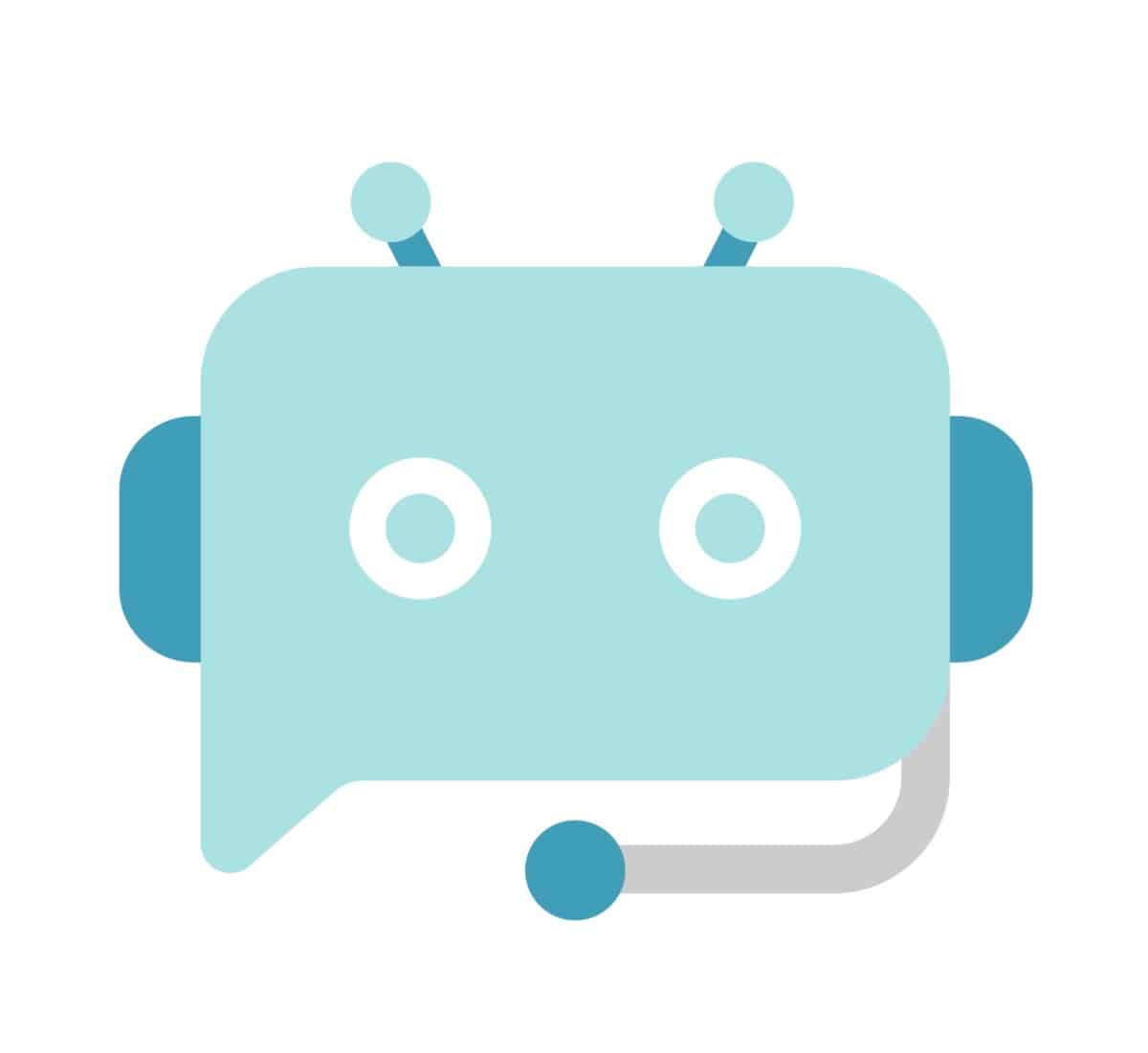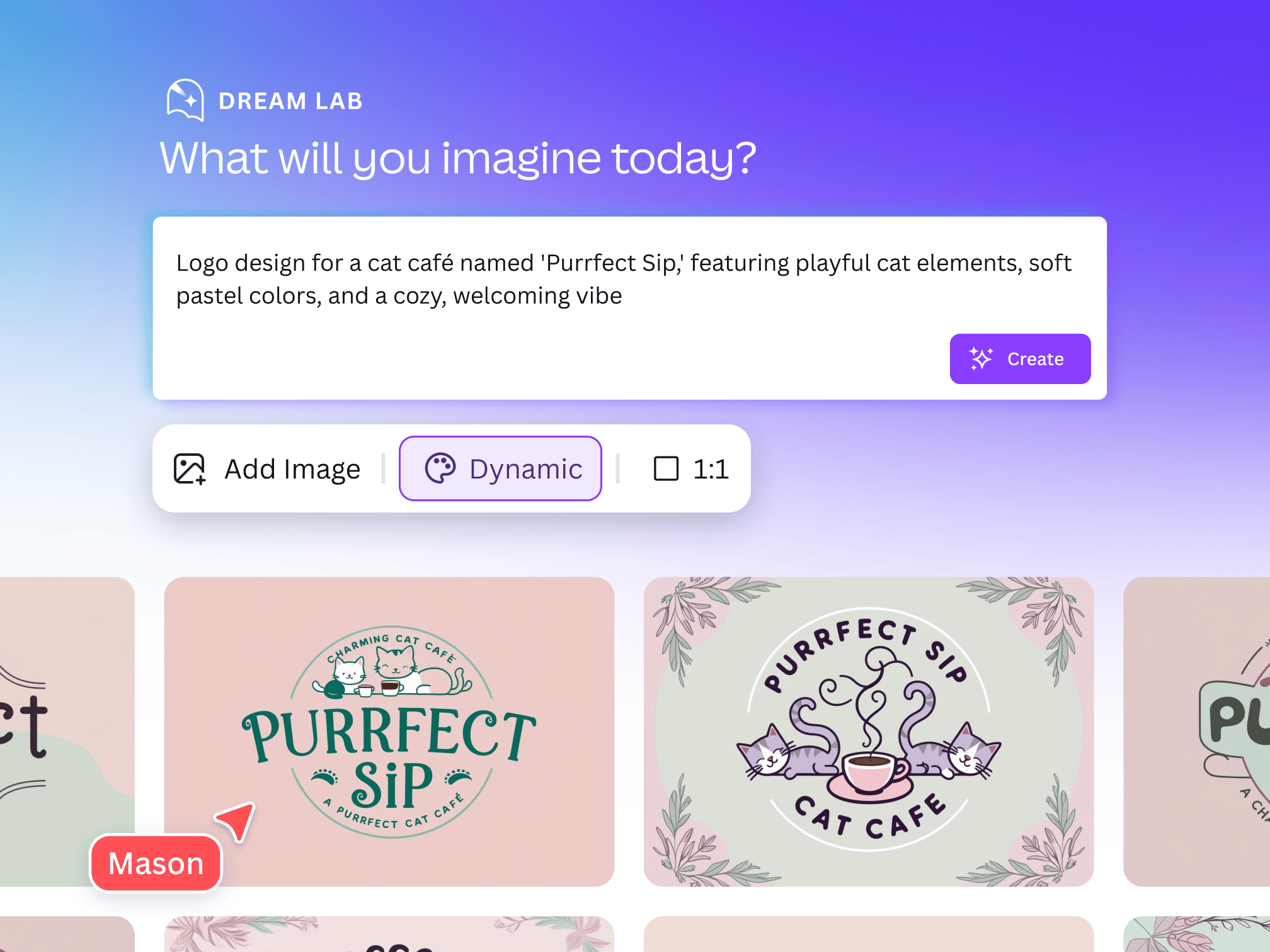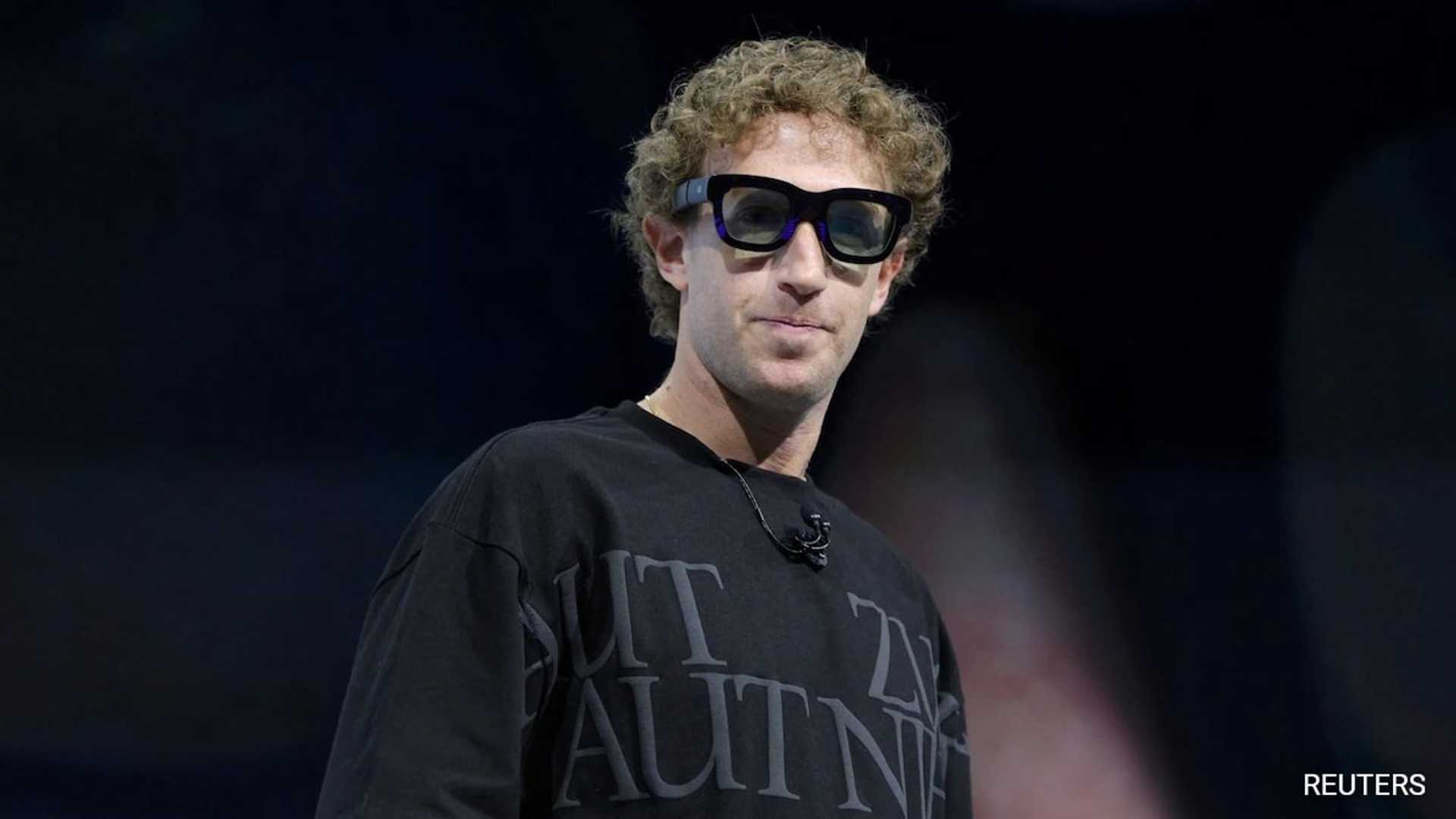ChatGPT Logo Open Ai Icon With Chatbot
Artificial Intelligence OpenAI

The Smiling Face of Surveillance: Deconstructing OpenAI's ChatGPT Icon
OpenAI's ChatGPT, a marvel of generative AI, has captivated the world. Its simple, friendly logo – a stylized chat bubble with a playful gradient – belies the complex ethical and societal implications of the technology it represents. This seemingly innocuous icon masks a potent force shaping communication, information dissemination, and even our understanding of truth. This investigation probes the disconnect between the approachable image and the potentially unsettling reality of ChatGPT.
Thesis
OpenAI's carefully curated branding of ChatGPT, symbolized by its friendly logo, masks the inherent risks associated with large language models, including biased outputs, potential for misuse, and the erosion of genuine human interaction. The dissonance between image and reality necessitates a critical examination of both the technology and its implications for the future.

Rapid Ascent and Ethical Implications
The rapid ascent of ChatGPT has been fueled by its user-friendly interface and impressive capabilities. The logo, a vibrant chat bubble, visually communicates accessibility and ease of use. However, this design choice arguably downplays the complex algorithms and massive datasets that underpin the technology. These datasets often contain biases reflecting societal inequalities, leading to outputs that perpetuate stereotypes and discriminatory viewpoints. Critics argue that generative AI like ChatGPT threatens genuine human interaction and creativity.
Potential and Pitfalls
Proponents highlight ChatGPT’s potential for educational advancement, automation of tasks, and accessibility for individuals with disabilities. While the technology can assist researchers and educators, the positive narrative often overlooks the risks associated with algorithmic biases and intellectual passivity.

Intellectual Property Rights
The ongoing debate surrounding intellectual property rights related to ChatGPT-generated content further complicates the issue. Questions surrounding ownership and copyright underscore the need for a more robust regulatory framework for AI-generated content.
References
- Bender, E. M., Gebru, T., McMillan-Major, A., & Mitchell, M. (2021). On the dangers of stochastic parrots: Can language models be too big? Conference on Fairness, Accountability, and Transparency, 2021, 610-623.
- Brynjolfsson, E., & McAfee, A. (2014). The second machine age: Work, progress, and prosperity in a time of brilliant technologies. WW Norton & Company.
- Crawford, K., & Calo, R. (2016). There is a crack in everything: How AI is challenging the law, ethics, and governance. arXiv preprint arXiv:1606.06787.


















